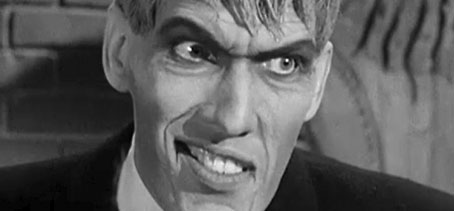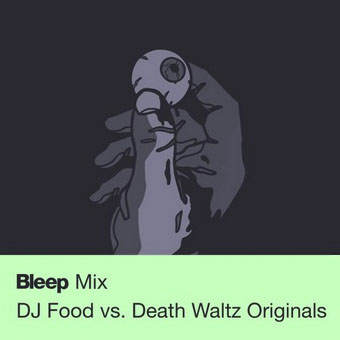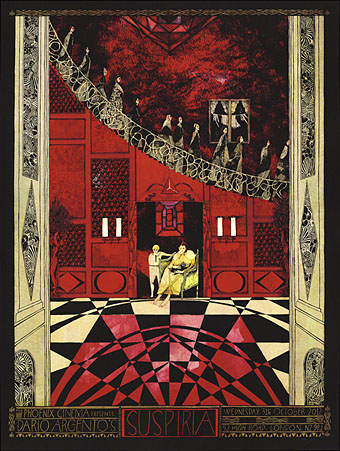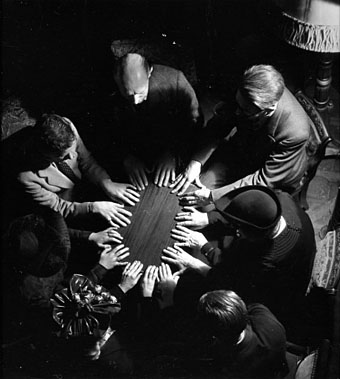Lurch approves.
It’s that time of year again but I’ve been so busy for the past few months that I haven’t had time to think about a Halloween mix, never mind piece one together. So rather than an original work I’m returning to the previous policy of recommending those by other people.
First up is a multi-set offering at No Condition Is Permanent. I did have a vague idea earlier this year to do a mix of horror-themed rock’n’roll but it’s a good job I didn’t since this collection is much more wide-ranging and original than anything I would have compiled.
For Bleep.com there’s a new mix by the very adept DJ Food who blends the Death Waltz Originals electronica catalogue with samples of an interview about nightmares, phantasms and other sinister anomalies.
And the “Where We’re Going, We Won’t Need Eyes To See” Mix by The Curiosity Pipe covers all points in between, being “an unpleasant mix of noise, drone, metal, jazz, dark ambient, soundtracks, field recordings and electronica (with a few popular horror film snippets thrown in for good measure).”
Happy Halloween!
Previously on { feuilleton }
• A mix for Halloween: Analogue Spectres
• A mix for Halloween: Teatro Grottesco
• A mix for Halloween: Unheimlich Manoeuvres
• A mix for Halloween: Ectoplasm Forming
• A playlist for Halloween: Hauntology
• A playlist for Halloween: Orchestral and electro-acoustic
• A playlist for Halloween: Drones and atmospheres
• A playlist for Halloween: Voodoo!
• Dead on the Dancefloor
• Another playlist for Halloween
• A playlist for Halloween





